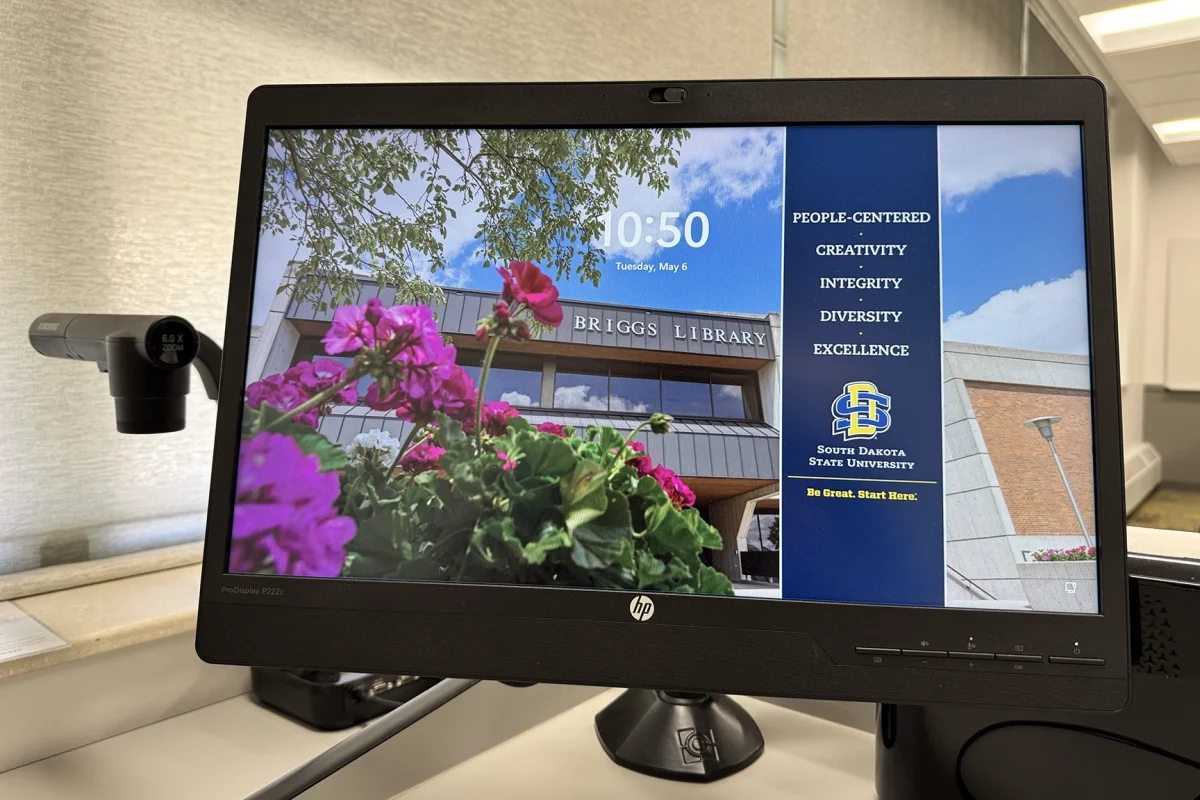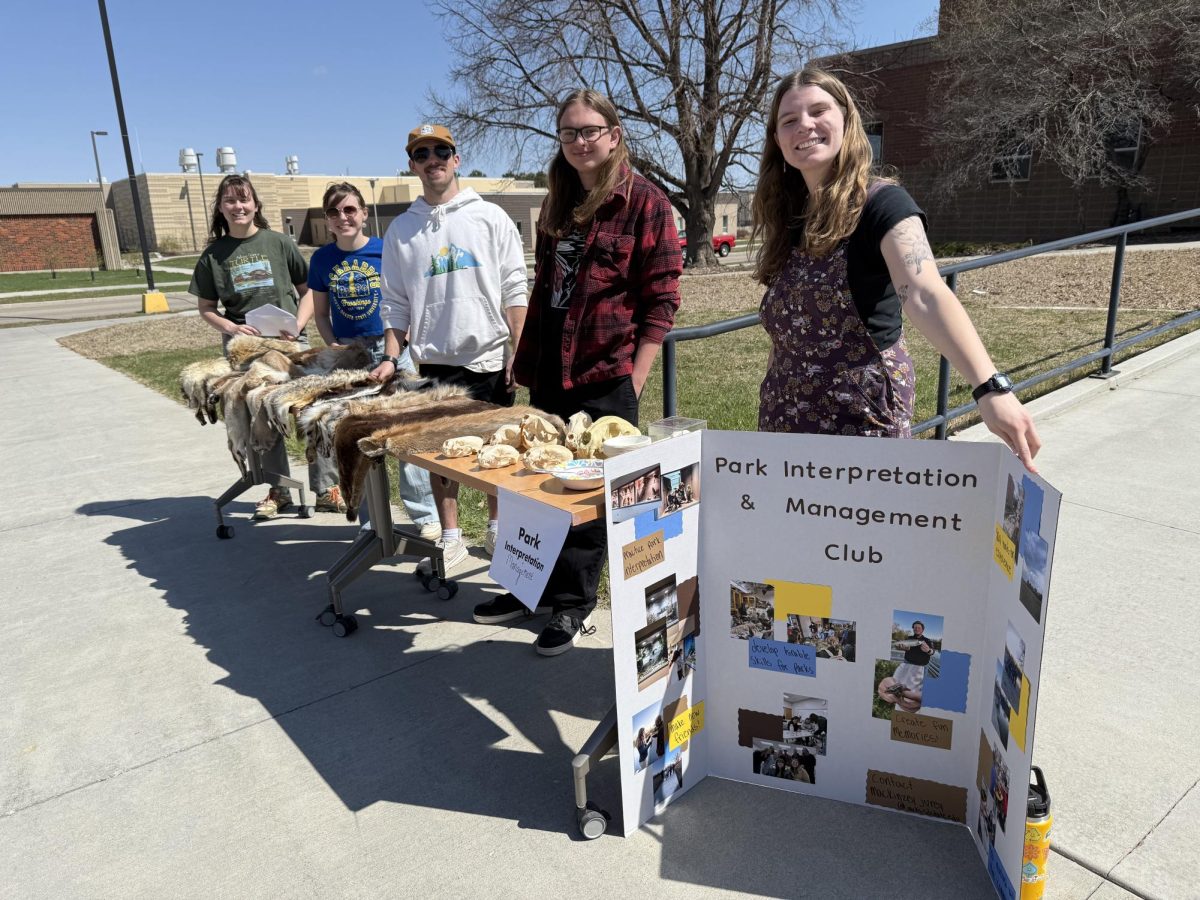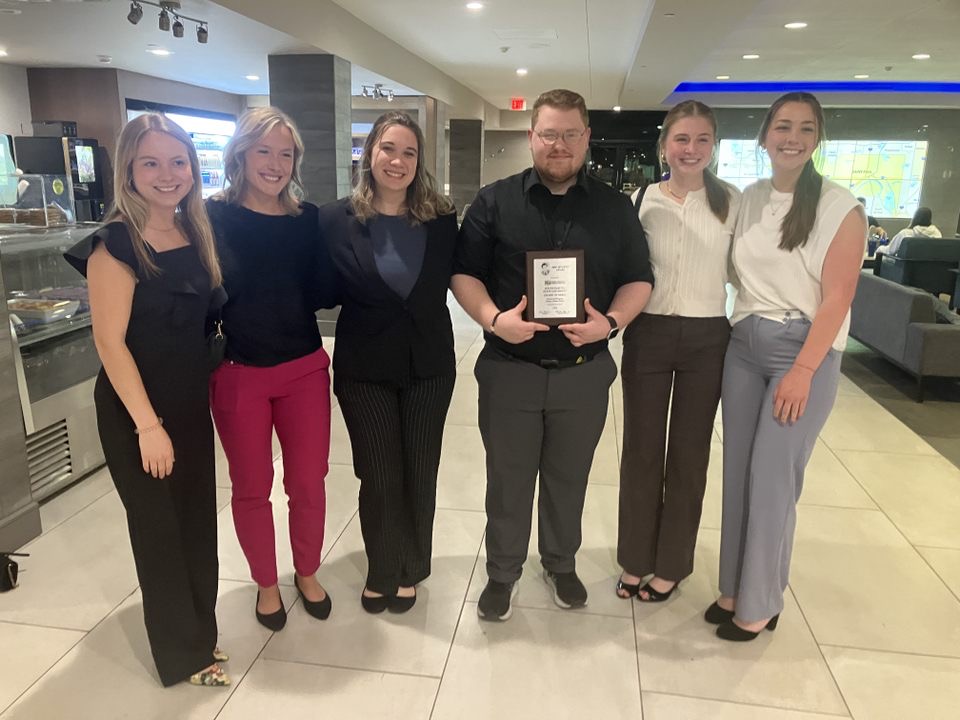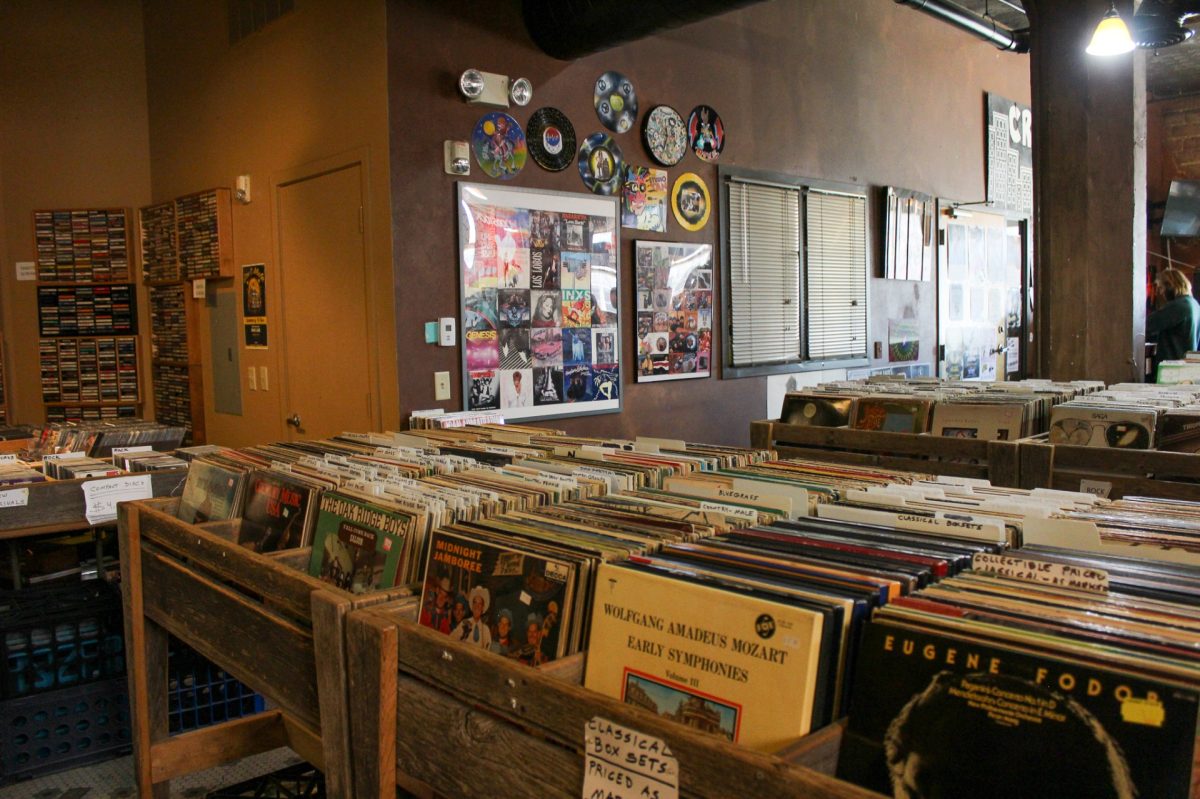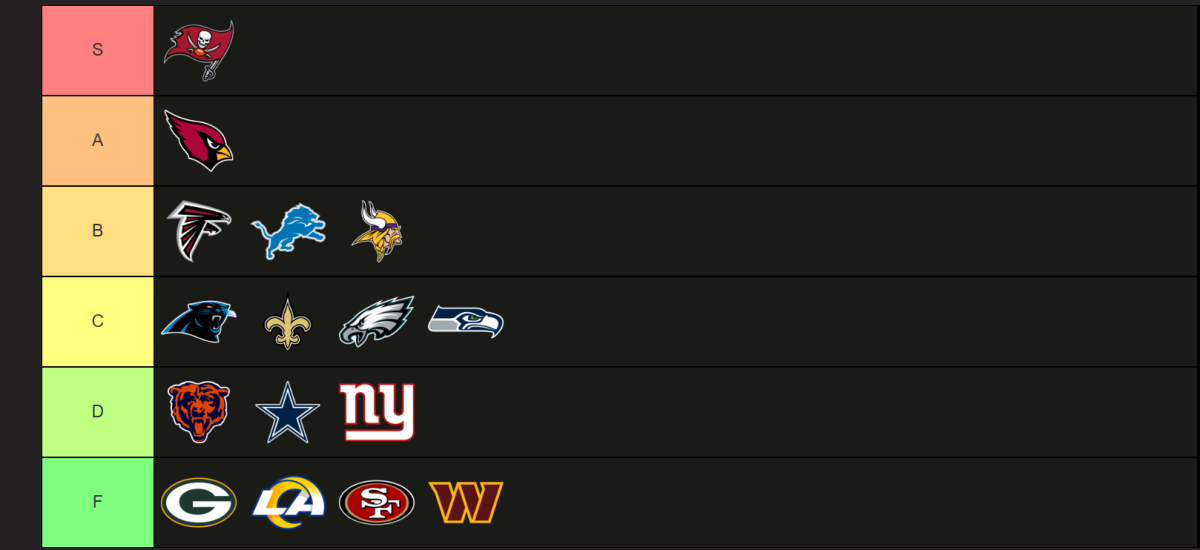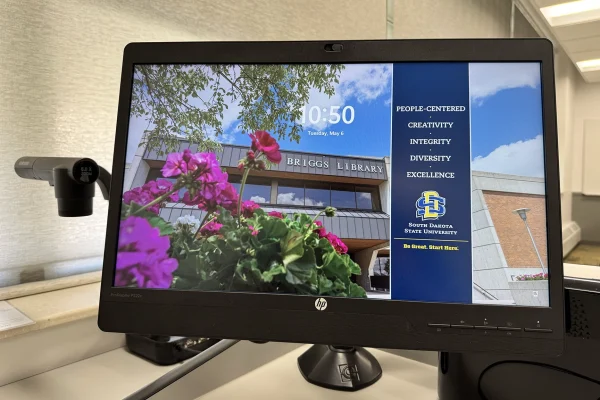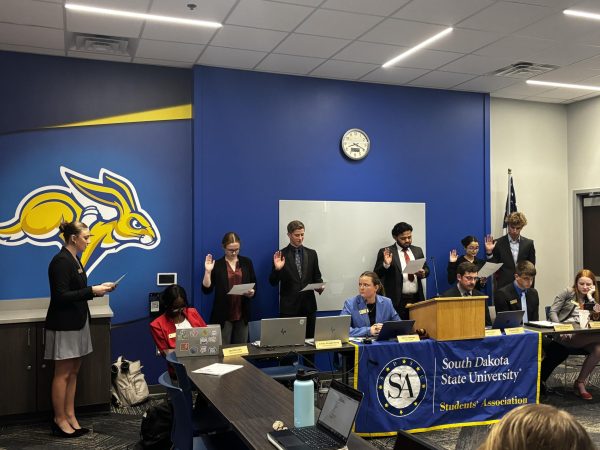No strings attached
January 24, 2005
Jesse Batson
Wireless Internet could be installed in more areas on campus with the help of student input.
Students’ Association senators junior Ryan Brunner and senior Kristin Olsen have been working on expanding the wireless Internet into the residence halls. The expansion would give nearly 1,200 currently registered dorm-dwellers many more areas to use wireless Internet.
Olsen noticed that SDSU had only a few areas on campus that supported wireless Internet as compared to other colleges.
“This is my second year as a senator, and I do know that, as a student, especially when I was on campus, that I was really discouraged, especially looking at other universities,” Olsen said.
Olsen, a student technology fellow, teamed up with Brunner to expand the areas of wireless Internet on campus.
“Part of both Kristin and my goals when we ran for Students’ Association was about expanding student technology,” Brunner said. “We both have an interest in technology and how to expand technological services to students on campus, which is how we got on the topic of wireless Internet.”
They met with Mike Adelaine, director of agricultural information technologies, in order to determine what areas on campus qualify for wireless Internet.
“He gave us the formula that they use for determining whether or not an area qualifies for wireless Internet,” Brunner said. “When we looked through the different areas, we noticed that a lot of common areas fit underneath their policy, such as the lobby and study areas in dormitories.”
Brunner encourages students to give recommendations for other locations to install wireless Internet.
“If it fits into the technology policy, then it’s open for having wireless Internet as long as the funding is available, so if students have ideas in places where they would like wireless Internet, then we’re open to working on putting wireless Internet in those places,” Brunner said.
There are many possible benefits of wireless Internet, for students and administration alike, Brunner said. One advantage for students is working in groups.
“You can work in a large group setting,” Brunner said. “You don’t have four people crowded into a dorm room, around your computer. You have four people sitting around a table, with wireless Internet.”
An administrative advantage is that the technology can be promoted for the summer camps held on the SDSU campus, Brunner said.
The holdup on expanding wireless Internet on campus is the funding for the routers.
“They are $600 each,” said Brunner. “We’re looking at about $3600 to do the different dorm areas and expand the wireless Internet on campus, but with the new dormitory and all this construction going on, it’s hard to find the money right now.”
Olsen and Brunner checked into using student fees to pay for the wireless Internet, but, due to a Board of Regents policy, student fee dollars cannot be used in the residence halls.
“Right now we’re in the process of trying to gather more information and find out whether or not it’s an interest,” Brunner said. “If it’s a high priority, it’s something we can get done fairly quickly. If it’s not a high priority, then it’ll be a year or two before it would be something we can look at.”
In order to get student opinion, Olsen said she and Brunner are looking at conducting surveys.
Once the project is funded, the implementation isn’t expected to be difficult.
“It really isn’t a very difficult process to put in access points. Some may already be on campus,” Olsen said.
When it comes to students having the technology to support wireless Internet, Olsen doesn’t see many problems arising.
“Typically, now, laptops come with wireless cards integrated,” Olsen said.
If students don’t have a built-in wireless card, Olsen said the cost is relatively low to buy one.
“It’s about a $40 dollar expense at Wal-Mart to purchase one,” she said.
#1.885497:916370703.jpg:wireless copy.jpg:Melissa Haug, a biology graduate student, surfs the Internet using the wireless technology found in the library. Two SA senators hope to expand wireless Internet access to include some areas in residence halls.:

